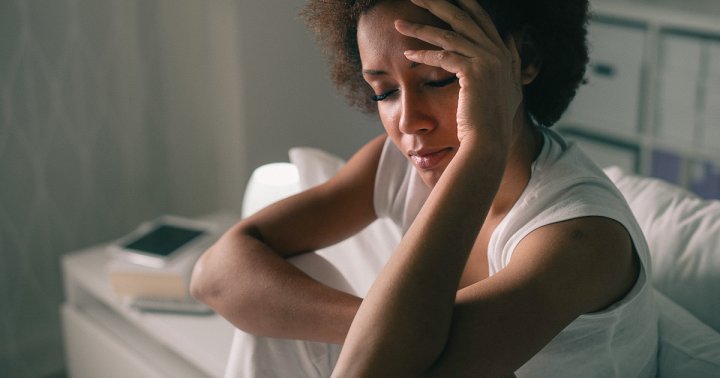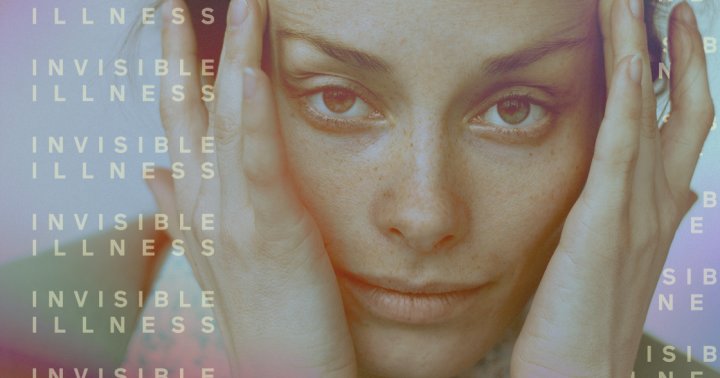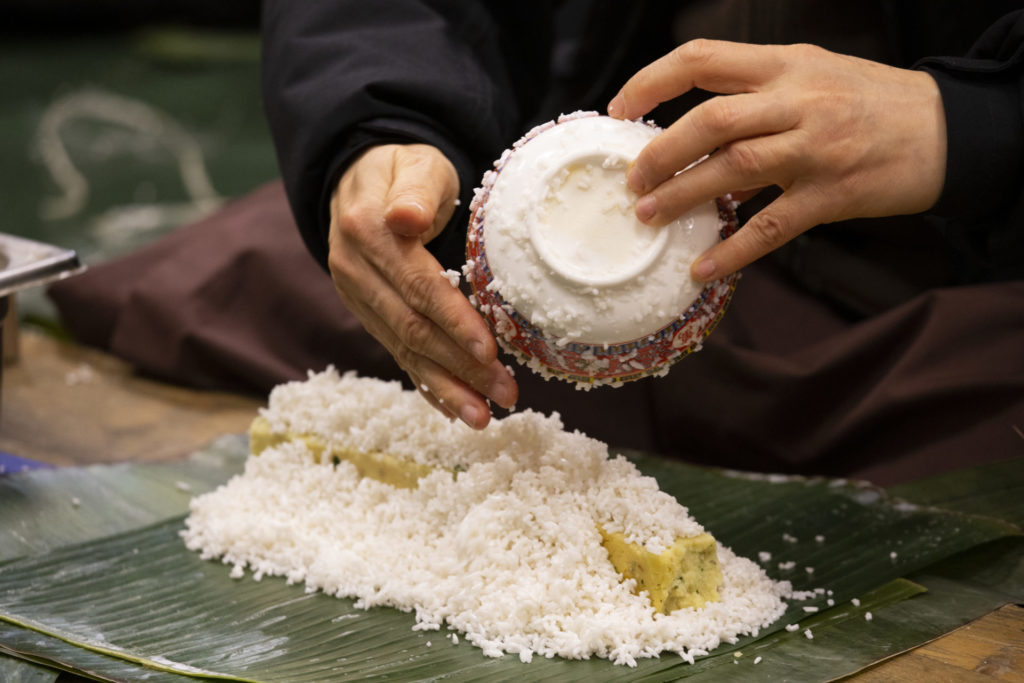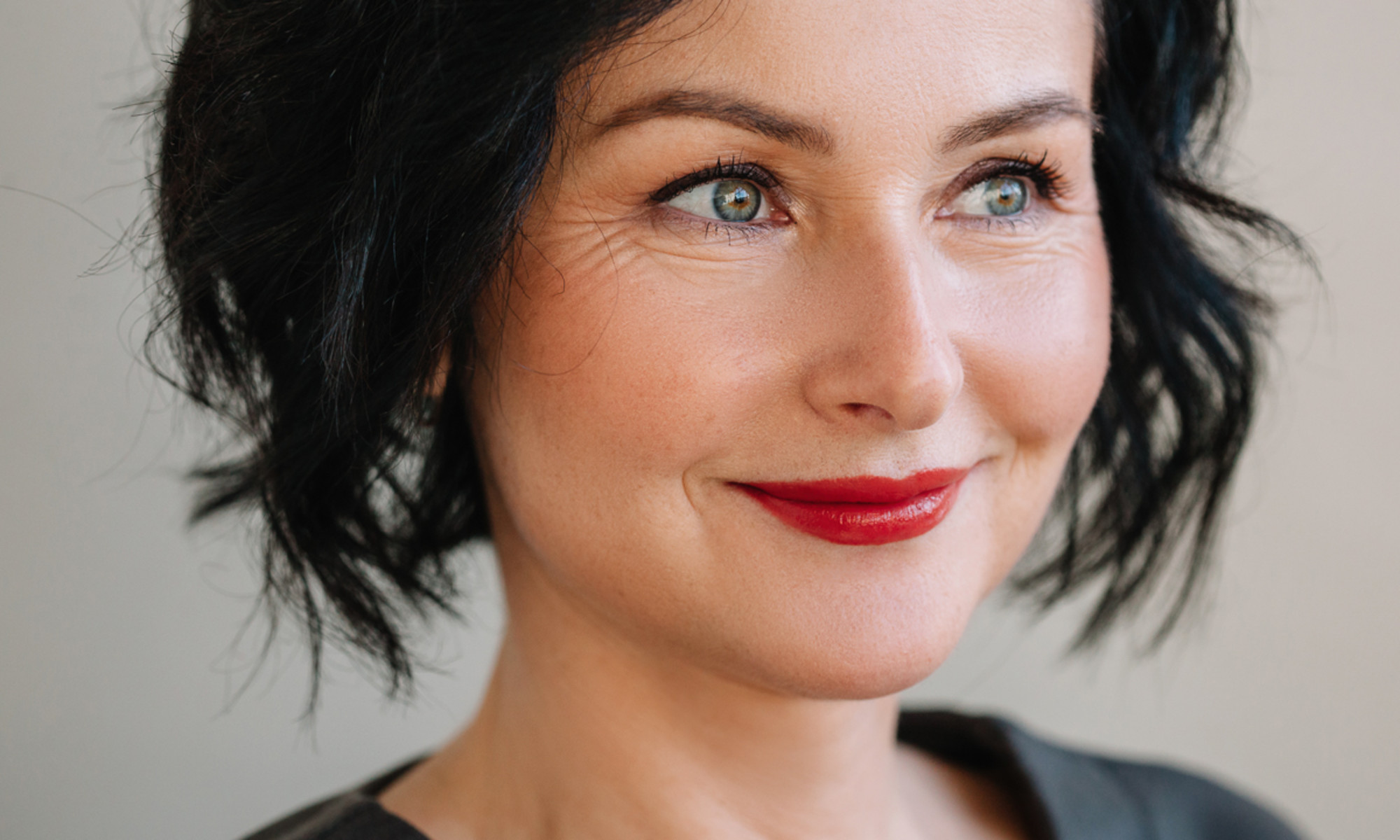How to Be A Genuine Minimalist Even If You Love Your Stuff
A lot of people picture the minimalist life as an exercise in deprivation. All white rooms, mattress on the floor, no chairs (or a couple of weird-looking modernist perches), three plates and a couple of chipped bowls, raw food,...
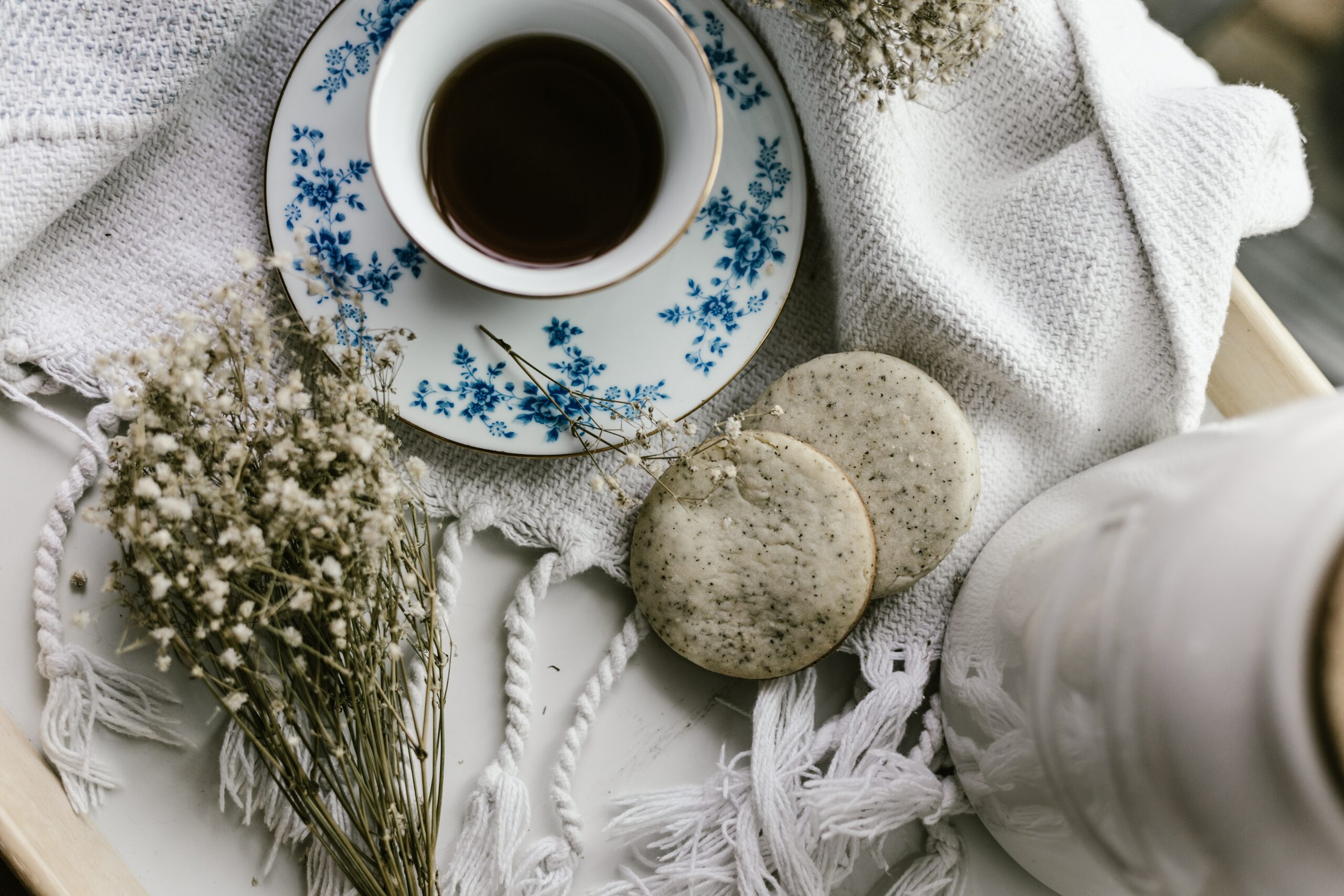
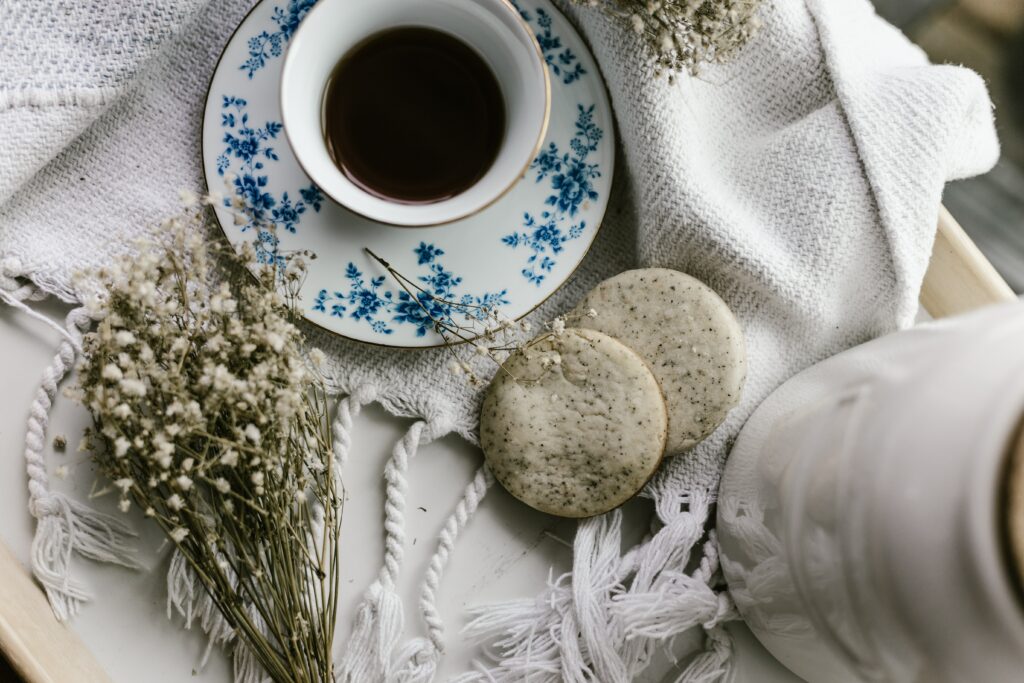
A lot of people picture the minimalist life as an exercise in deprivation. All white rooms, mattress on the floor, no chairs (or a couple of weird-looking modernist perches), three plates and a couple of chipped bowls, raw food, no comfort, and no joy.
I’ve intentionally painted a super-bleak picture, because I guess some people believe it! It’s no wonder there are articles out there saying that minimalism is bad. The idea of getting rid of stuff you don’t use or downsizing your lifestyle in any way can make some people very nervous and even defensive. The arguments go like this:
Why would anyone want to live in one of those tiny houses? I’d go crazy. Why would anyone want to keep only 30 pieces of clothing? How boring. Why would anyone want to get rid of family heirlooms? How heartless. Why would anyone want to own only what they can fit into a backpack? It doesn’t sound “minimalist” to travel all over the world, and isn’t it just cheap to sleep on people’s couches and impose on their hospitality?You might not be a hoarder, but maybe you can’t imagine giving up your heirloom dining room furniture, which you love using every Sunday for the family dinner, plus every holiday all year long. You don’t want to give up the beautiful fabrics and notions that you buy and use to create baby quilts, boutique-worthy toss pillows, and costumes for your community theater group.
You might not mind decluttering the third set of measuring spoons, at least some of your 37 mugs, or clothes that no longer fit. But you’re drawing the line at your vintage record collection!
I get it. I don’t care to part with my collection of English blue and white ironstone.
What if you want to embrace a more clutter-free lifestyle but it feels like minimalism is out to steal your joy? Take heart, because you can be a genuine minimalist even if you love your stuff.
Am I a real minimalist?
My collection of English blue and white ironstone started with a Sadler Blue Willow teapot someone gave my mother as a wedding gift. She never used it, but I always liked the detail and craftsmanship, and I love drinking tea. So she gave it to me when I was in high school.
I had the opportunity to study in England after my junior year of college, and I treasure the Johnson Brothers “Elizabeth Blue” teacup and saucer I bought in a little shop in Ashby de la Zouch, Leicestershire when I visited there.
Over the years I’ve picked up other pieces here and there, all chosen because I like the pattern or maybe the scalloped edge or something else a little different about the shape of the piece. I don’t have a complete set of anything. My collection isn’t large, and it’s quite personal. It’s not worth a lot of money, it’s not even that useful – it simply pleases me.
So am I a real minimalist? I own something (and display part of it) just because I like it. And I don’t want to give it up. Of course I could live without it, but I prefer not to.
Minimalism is about more than your stuff.
In case you’re wondering if I’ve missed something, or you’re worrying that your own minimalist journey has to end with getting rid of everything you care about, don’t.
Decluttering is a good entry into minimalism, and a lot of people start there. But our belongings are only one part of the equation.
When you start thinking about why you want to declutter, or why you want to pare back your schedule, or why you want to delete apps or spend less time on social media, you realize that it’s not about tossing everything just to reach some ideal of “less.”
The purpose of minimalism is to help you identify what’s important to you, and to remove things that are keeping you from enjoying your best life. This is the key to making minimalism work for you and to seeing all the benefits in your life.
You can forget those common assumptions about minimalism as a life of deprivation and realize that it’s a life of intention. You choose what brings you joy, peace, and fulfillment, and move away from things that add stress and take up too much space in your home, schedule, budget, and mind.
That leaves plenty of room for my favorite blue and white!
***
About the Author: Karen Trefzger is a writer, singer, teacher, wife, mother, and grandmother who has been choosing a simpler life for over 20 years. She is the author of several books about minimalism, and blogs at Maximum Gratitude Minimal Stuff.

 Hollif
Hollif 







